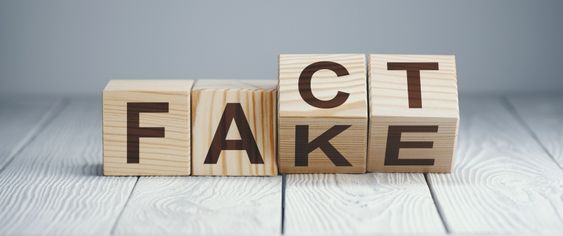Benel D. Lagua l May 31, 2024 l Business World

Disinformation in the Philippines is a significant and pervasive issue that affects various aspects of society, from politics to public health. The widespread use of social media, political machinations and a fragmented media landscape have contributed to making the country a hotspot for the spread of false information.
Social media platforms like Facebook, YouTube and X are immensely popular and have become a source of primary news for many Filipinos. This high level of engagement, however, makes the platform fertile ground for disinformation campaigns. The Philippines ranks among the top countries in terms of time spent on social media. Disinformation spreads rapidly though these networks which exploit algorithms that prioritize engagement over accuracy.
Social media accounts are used to pump out the same messages or link, or to “like” and reshare posts.
In poor countries, there is likewise a cottage industry for spreader and initiator accounts. They help start and propagate a desired narrative. With artificial intelligence (AI), this process is magnified and can fuel social media algorithms.
According to a recent coverage by The Economist, AI is prevalent, both negative (creating disinformation) and positive (detecting and mitigating it). Social media has taken the cost of information distribution to zero while generative AI has taken the cost of generation to zero. AI made it easy to produce misleading news articles on social media posts in huge quantities.
AI, of course, can be used to spot deceptive content through analysis of posts. It can be both “a sword and a shield.” Analysts, however, observe that even if a deceptive medium can be detected, not everyone will believe that a fake video is fake. Thus, The Economist concludes, “the mitigation of disinformation will require much more than just technology.”
Dealing with disinformation requires coordinated action from many sectors of society. One good model is Taiwan. Close coordination between civil-society groups, tech platforms, government and the media are a prerequisite. An observed disinformation material can be tracked, disseminated to tech platforms and acted upon by appropriate government agencies. It is however an approach where there is high degree of trust in the government taking on an observed adversary.
Based on a review of published information, the gold standard appears to be Finland’s fight against fake news. In 2023, Finland topped the international ranking for media literacy. The focus is not just on big tech and on algorithms but an inward introspection of society’s role. The country has developed a comprehensive digital literacy tool kit that raises the awareness of their people on disinformation.
The first line of defense is in classrooms and in the minds of students. Finland teaches kids the skills needed to discern fact from looks-like-a-fact, and it starts in daycare with approaches like discussing fairytales about a wily fox who deceives other animals. Students are taught about advertising, how images can be manipulated and how statistics can be used to mislead through a small sample size, faulty correlation and manipulated graphs. Students are taught to create their own website and to study famous propaganda in world history.
It doesn’t stop in schools. Finland has a media literacy month where civil society and nongovernment organizations are involved. There is a continuous training program for civil servants, citizens, and journalists. Older citizens who are not digitally inclined are also part of the training program. In short, the system aims to psychologically inoculate the population against misinformation.
These days there are many initiatives taken worldwide to fight disinformation. It is a combination of harnessing technology and looking at the psychology of people. But as the Finland model shows, education is an important component of the solution.
Our people must be taught to be more discerning, to ask more questions and to be skeptical of things disseminated in the media. We must start at the basics and begin early. Three key questions need to be asked. Who is the source? What is the motive? And can we verify the information? Our people need to develop these questioning and discernment skills if our society is to progress towards truth and facts.
Disinformation in the Philippines is rampant and multifaceted, influencing the political, social and public health domains. Addressing this issue requires the first step of embedding the consciousness of media literacy through education. In addition, we must enforce regulations on social media platforms and support independent journalism to ensure that Filipinos have access to accurate and reliable information.
**** Benel Dela Paz Lagua was previously EVP and chief development officer at the Development Bank of the Philippines. He is an active FINEX member and an advocate of risk-based lending for SMEs. Today, he is independent director in progressive banks and in some NGOs.
The views expressed herein are his own and do not necessarily reflect the opinion of his office as well as FINEX. Photo from Pinterest.

